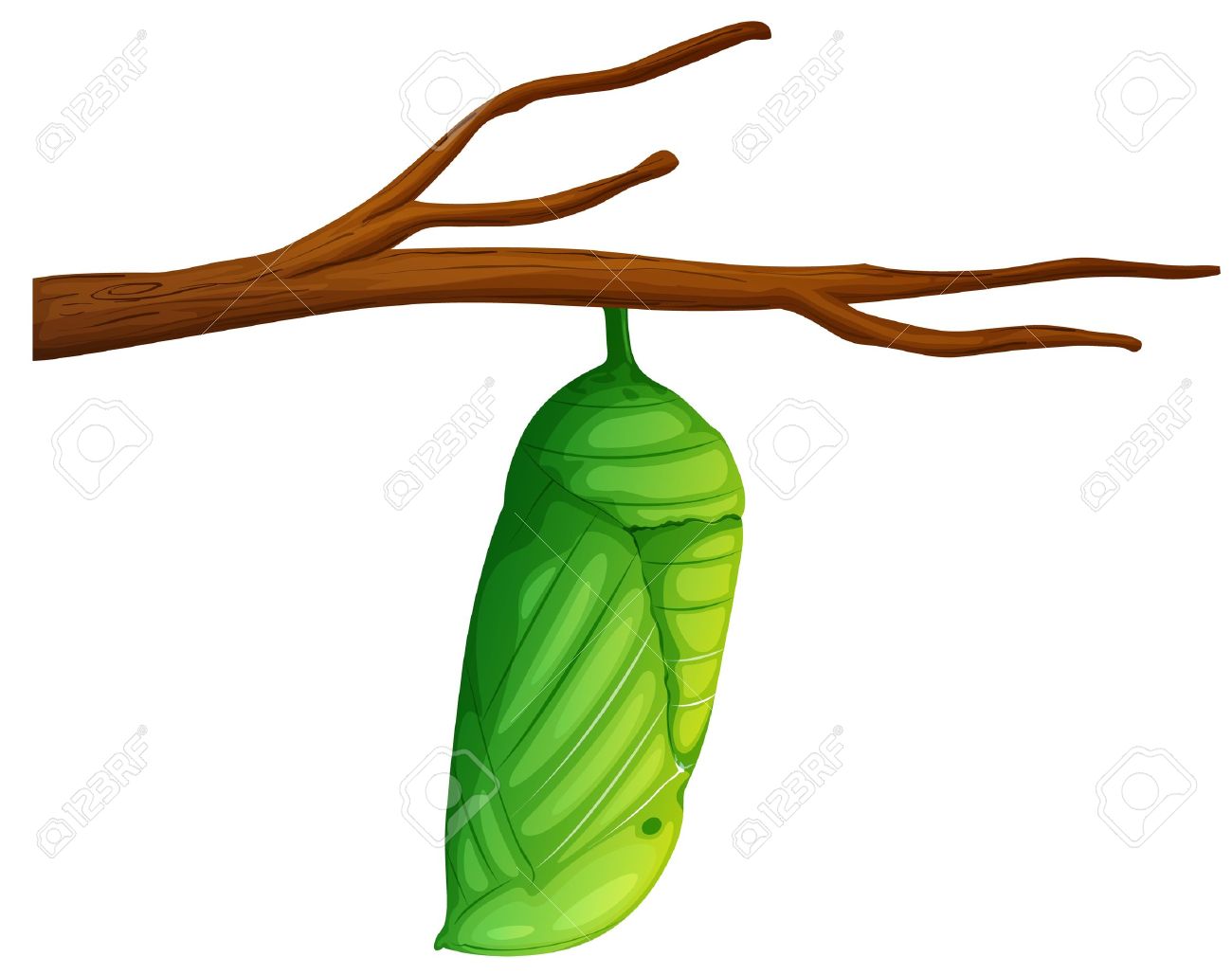
stultum protects eggs with chemical compounds and textural camouflage in mud when the antennae of the pill bugs touch faeces. The behavioural patterns of the pill bugs and egg predation rates indicate that the faecal coating behaviour in C. The double protective traits with faecal coating on the egg cocoons protected the eggs from instense predation pressure in C. Laboratory experiments showed that the defensive effect of faecal coating was maintained for three days and decreased daily. Our findings reveal that the faeces on the egg cocoon protected eggs from predation by the pill bugs, Armadillidium vulgare, and marsh slugs, Deroceras laeve. Here, we conducted field observations and laboratory experiments to assess the protective effects of cocoons with faecal coating on eggs against predation and determine the duration and mechanisms of this defence. The efficacy of a double defensive device, however, remains uncertain. Females of a water scavenger beetle, Coelostoma stultum, typically lay eggs and coat them with cocoons and their faeces. Although some insects use their faeces as a protective device, few studies have focused on using faeces for egg protection, and studies that examined the mechanism are lacking.

Protective devices are effective means of avoiding both abiotic and biotic damage to eggs. The egg stage in insect development is vulnerable to fluctuations in environmental conditions and attacks by natural enemies.


 0 kommentar(er)
0 kommentar(er)
